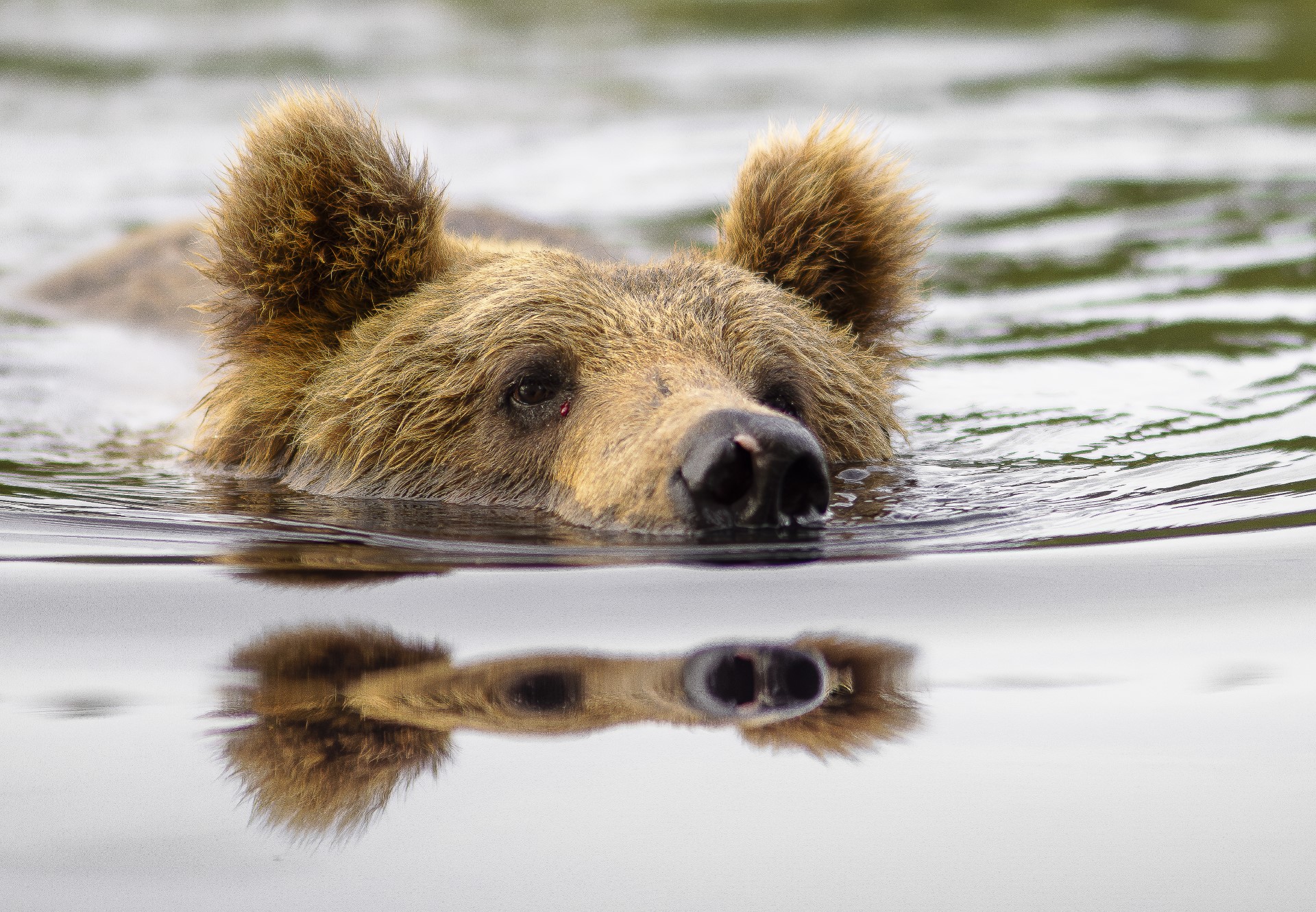
On the basis of the number of individuals, the bear (Ursus arctos) is still a Near Threatened (NT) species, even though its population has grown. The population size is restricted by hunting based on special permits and a regional quota. Photo by Elmeri Juuti, Kuhmo 2023.
New National Biodiversity Strategy Underway
Finland’s biodiversity policies are based on the National Biodiversity Strategy and an action plan to 2030, which is still underway. In addition to national objectives, the strategy considers the objectives of the UN Convention on Biological Diversity and the new EU Biodiversity Strategy. The aim of the strategy is to halt the loss of biodiversity by 2030 and turn the trend towards recovery by 2035.
The strategy aims to enhance biodiversity protection while concurrently fostering the restoration of degraded ecosystems. Moreover, it will encompass the development of methodologies to measure the actions and their impacts. Both the strategy and the action plan will be attached to the objectives set internationally and within the EU.
Assessment of threatened species carried out every ten years
Around 48,000 animal and plant species live in Finland, representing approximately 30% of total species described for Europe. Notably, a significant portion of Finland’s land, nearly three-quarters are covered by forests, which are also the most species rich biotope. Furthermore, Finland has vast freshwater resources, in addition to a long coastline along the Baltic Sea and many of Europe’s peatlands. It’s noteworthy that Finland is one of the most wetland-rich countries in Europe.

Source: Environment at a Glance Indicators – Finland (oecd-ilibrary.org).
The assessment of threatened species, carried out every ten years in Finland, was conducted for the fifth time in 2019. Of Finland’s 48,000 species, 22,418 (47%) are so well-known that their status could be evaluated. Of these, 2,667 species were assessed to be threatened, corresponding to 11.9 %. The highest proportion of threatened species was found among birds, reptiles, and amphibians. Whereas the most threatened species live in forests (31%), rural biotopes and cultural habitats (24%).
Changes in the forest environment is the most significant cause of threat to species. Changes include reduction of old-growth forests and large trees, forest management activities, and decreasing amounts of dead and decaying wood.
The second most common threat to species is the overgrowing of open habitats. In addition, climate change poses a particular threat to species in fell areas.
Further reading:
- You can find more information about Finland’s biodiversity policy from National Biodiversity Policy – Ministry of the Environment.
- Will Finland succeed in halting the loss of biodiversity? We recommend this article by Professor Ilari E. Sääksjärvi in our Debt Management Annual Review 2023.
Sources:
- Environment at a Glance Indicators – Finland (oecd-ilibrary.org) provides latest comparable OECD-country data on the environment from the OECD Core Set of Environmental Indicators.
- The assessment of threatened species in Finland 2019 was made according to the evaluation instructions of the International Union for Conservation of Nature (IUCN). Finland is one of the few countries that evaluates the threat status of species on such a broad scale: Red List for Finnish species (ymparisto.fi)
